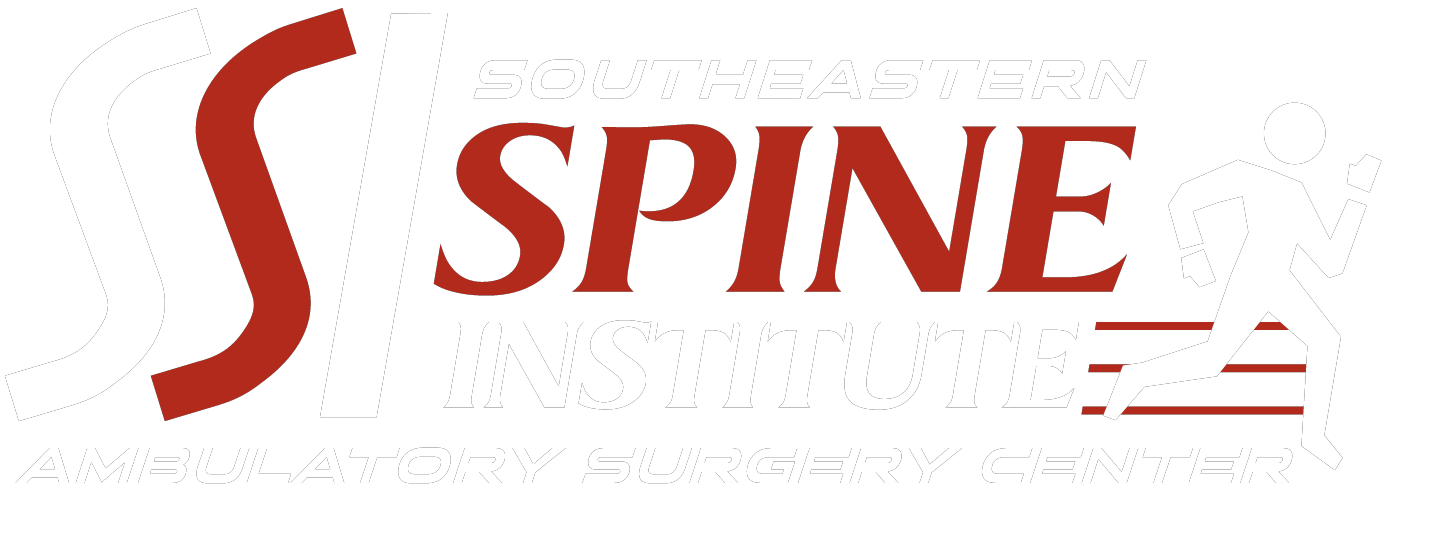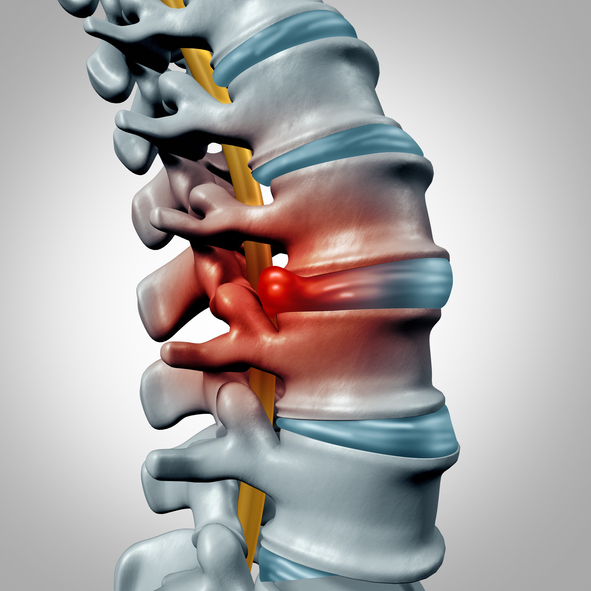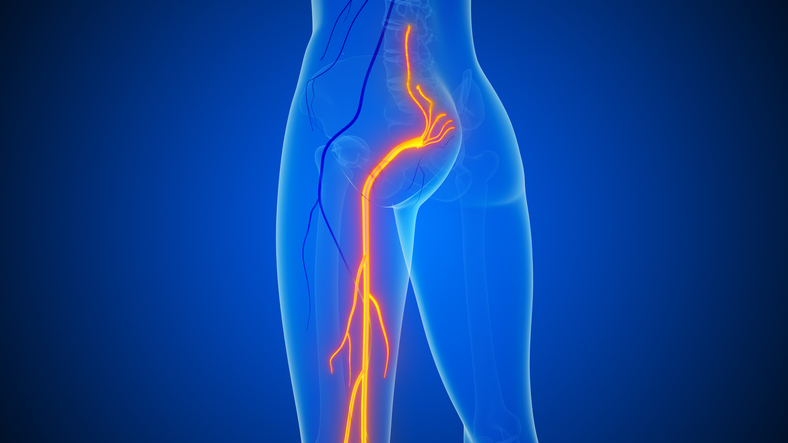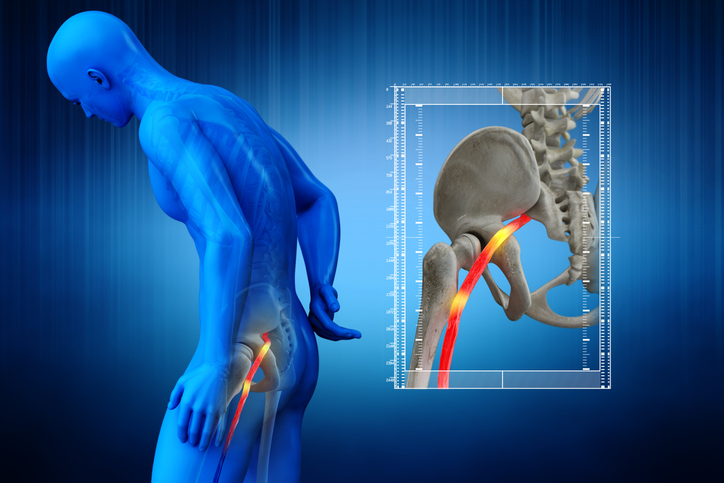Microdiscectomy
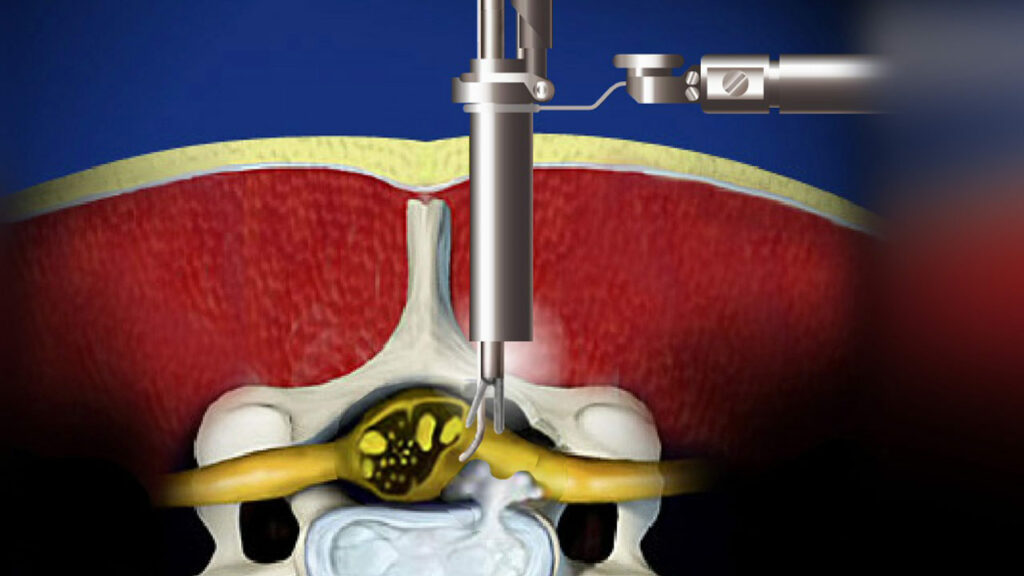
Overview
Microdiscectomy is a minimally invasive surgical procedure performed to relieve pressure on a nerve root caused by a herniated disc. Using microsurgical techniques and specialized instruments, the surgeon removes the portion of the disc that is compressing the nerve. This procedure is typically performed through a small incision in the back, resulting in less tissue damage, reduced pain, and faster recovery compared to traditional open surgery.
Benefits
- Minimally invasive with smaller incisions
- Less tissue damage and blood loss
- Reduced post-operative pain
- Faster recovery and return to daily activities
- High success rate for relieving leg pain caused by nerve compression
- Usually performed as outpatient surgery with same-day discharge
Procedure Details
During a microdiscectomy, the patient is positioned face down and given anesthesia. The surgeon makes a small incision (1-2 inches) over the affected area of the spine. Using a special microscope for enhanced visualization, the surgeon carefully moves aside muscles and tissues to access the spine. A small portion of the lamina (the bony arch of the vertebra) may be removed to better access the disc. The surgeon then identifies the herniated disc material and removes only the damaged portion that is pressing on the nerve root, leaving the rest of the disc intact. The incision is closed with sutures, and the procedure typically takes 1-2 hours.
Recovery
Most patients can go home the same day or after an overnight hospital stay. Walking is encouraged immediately after surgery, but bending, lifting, and twisting are restricted for several weeks. Many patients experience immediate relief from leg pain, though some numbness or weakness may take longer to resolve if nerve damage was present before surgery. Most people can return to light work within 1-2 weeks and resume full activities within 4-6 weeks. Physical therapy may be recommended to strengthen back muscles and improve flexibility.
Potential Risks and Complications
As with any medical procedure, there are potential risks associated with Microdiscectomy:
- Infection
- Bleeding
- Dural tear (tear in the membrane covering the spinal cord)
- Nerve damage
- Recurrent disc herniation
- Incomplete pain relief
- Spinal instability (rare)
Our team takes every precaution to minimize these risks. During your consultation, your doctor will discuss these potential complications in detail and answer any questions you may have.
Frequently Asked Questions
Who is a good candidate for microdiscectomy?Ideal candidates are those with leg pain (sciatica) caused by a herniated disc that hasn't responded to conservative treatments like physical therapy and medication after 6-12 weeks. The procedure is most effective for relieving leg pain rather than back pain.
How successful is microdiscectomy surgery?Microdiscectomy has a high success rate, with approximately 90-95% of patients experiencing significant relief from leg pain. Success rates are highest when surgery is performed within 6 months of symptom onset.
Will the disc herniate again after surgery?Recurrent disc herniation occurs in about 5-10% of cases. Proper body mechanics, core strengthening, and avoiding excessive strain on the back can help prevent reherniation.
How long does the surgery take?A typical microdiscectomy procedure takes about 1-2 hours to complete, depending on the complexity of the case and the number of levels being treated.
Don't Let Spine Pain Control Your Life
Our team of spine specialists at Southeastern Spine Institute is dedicated to helping you find relief and return to the activities you love.
